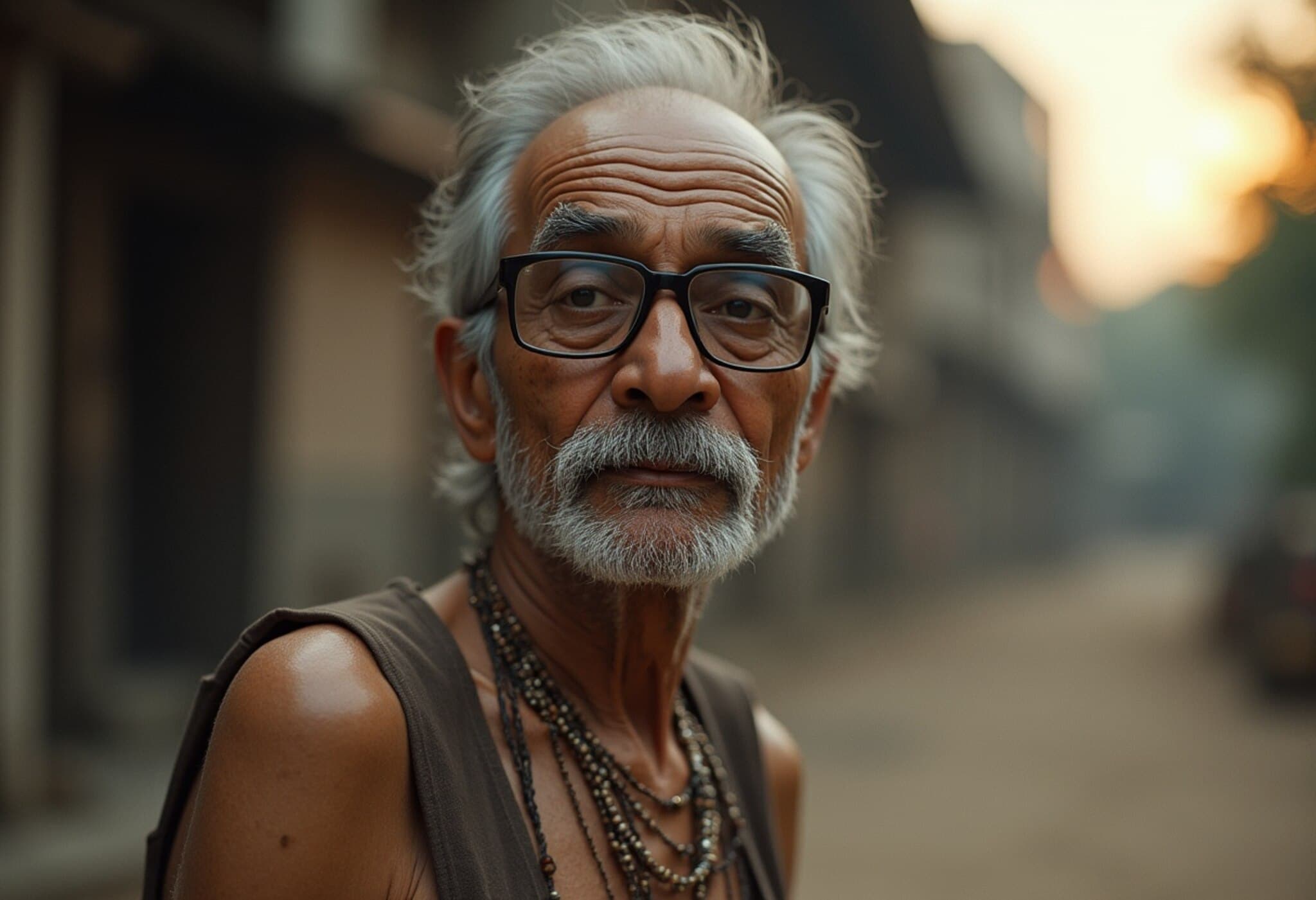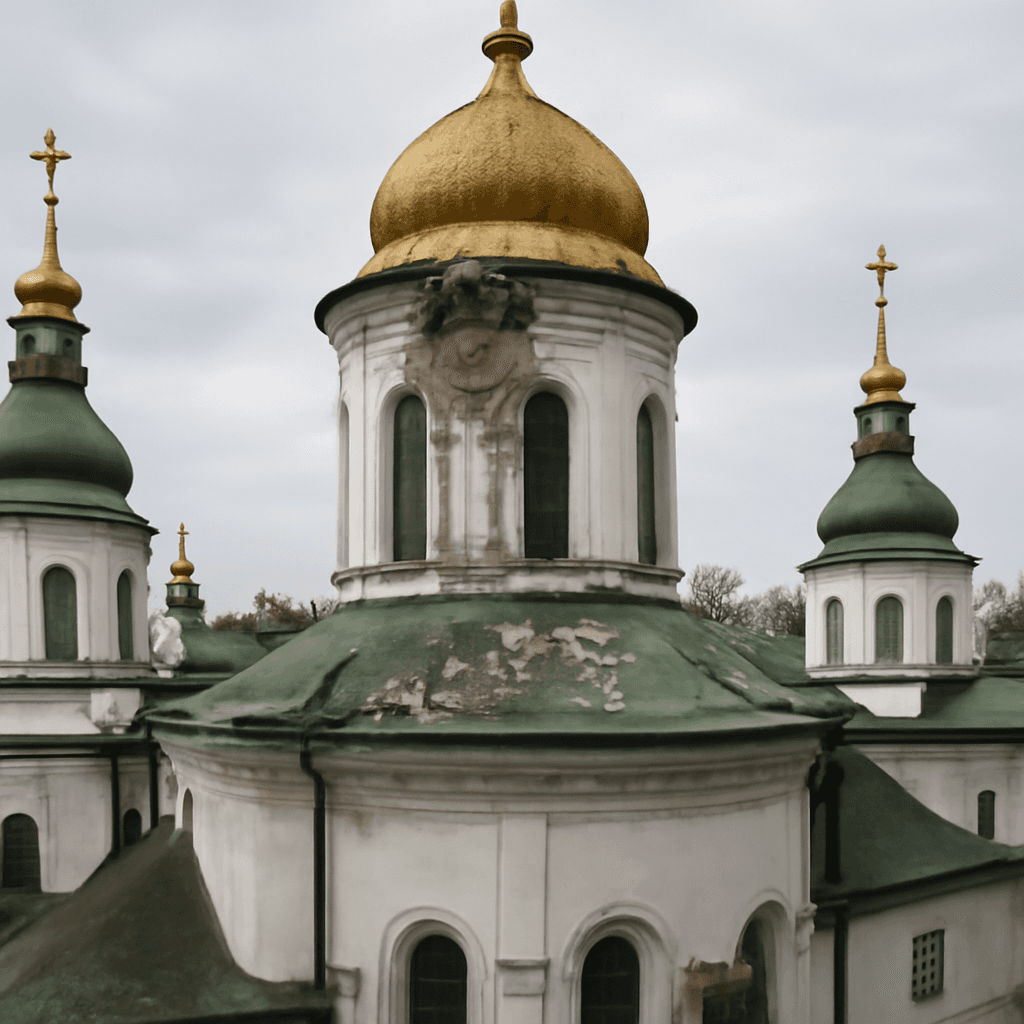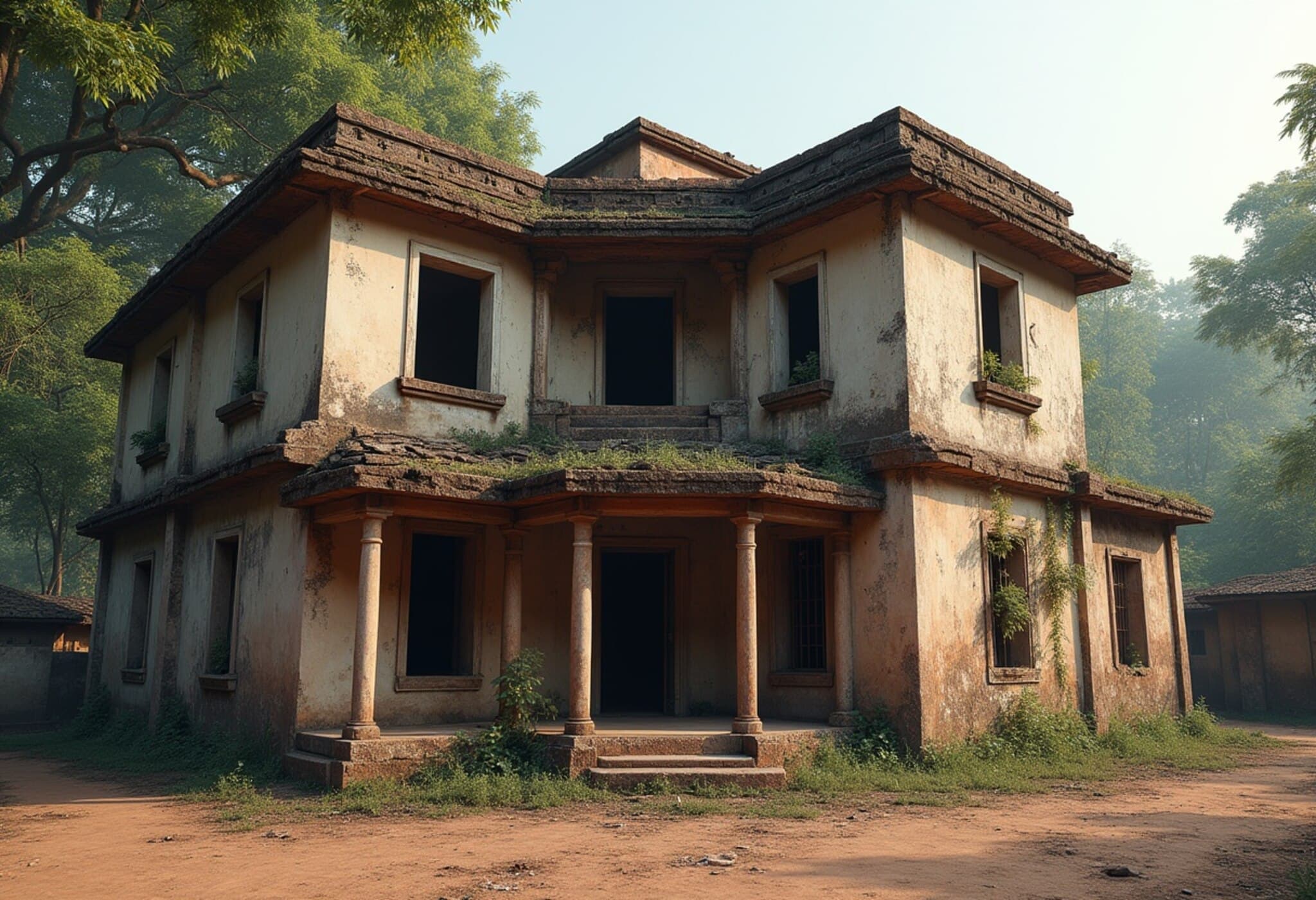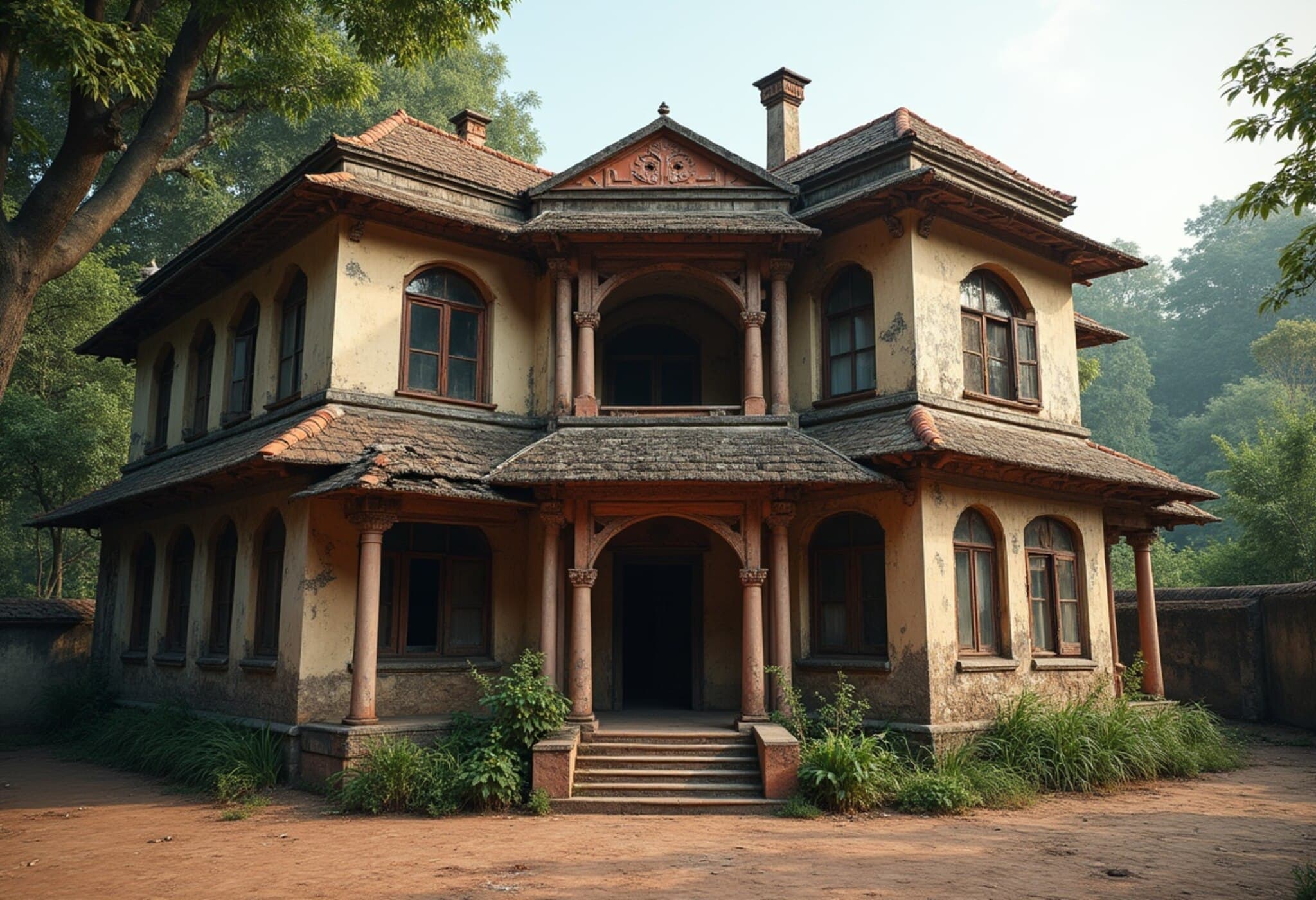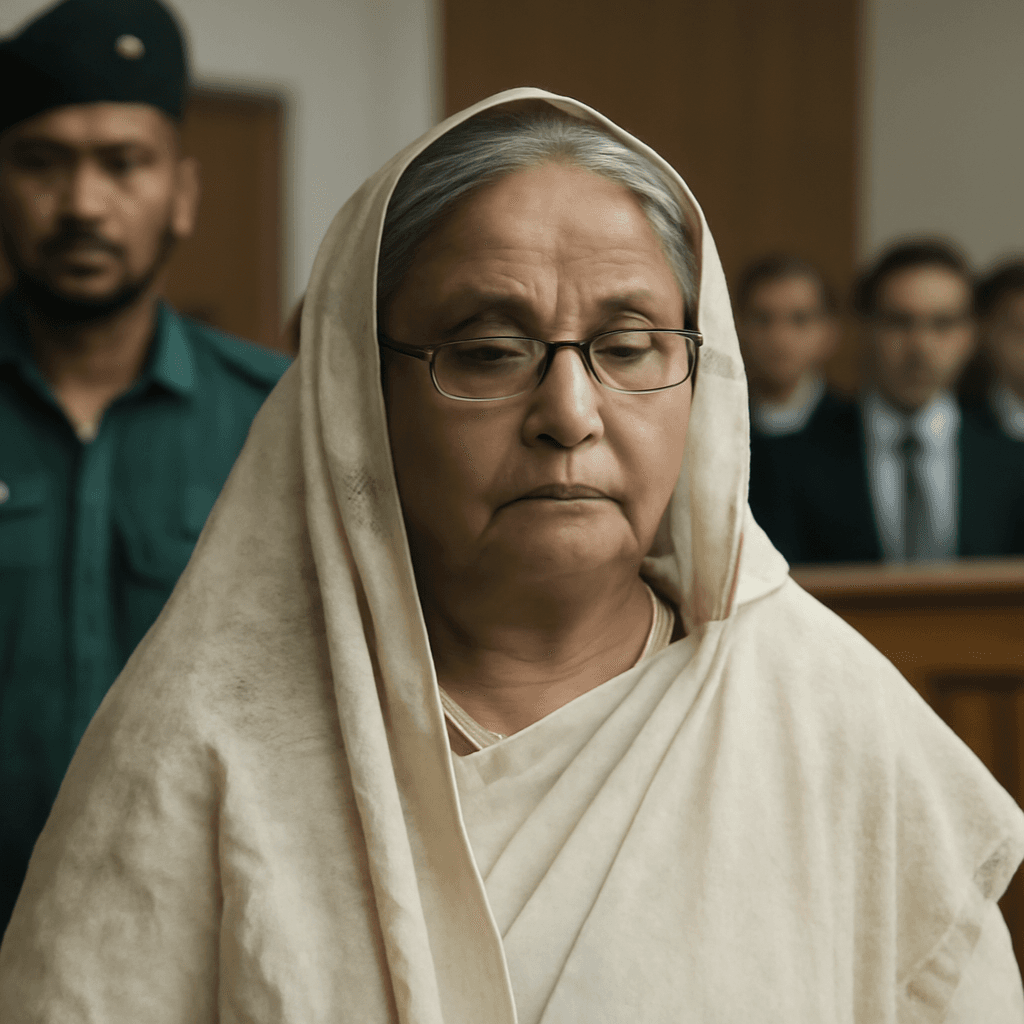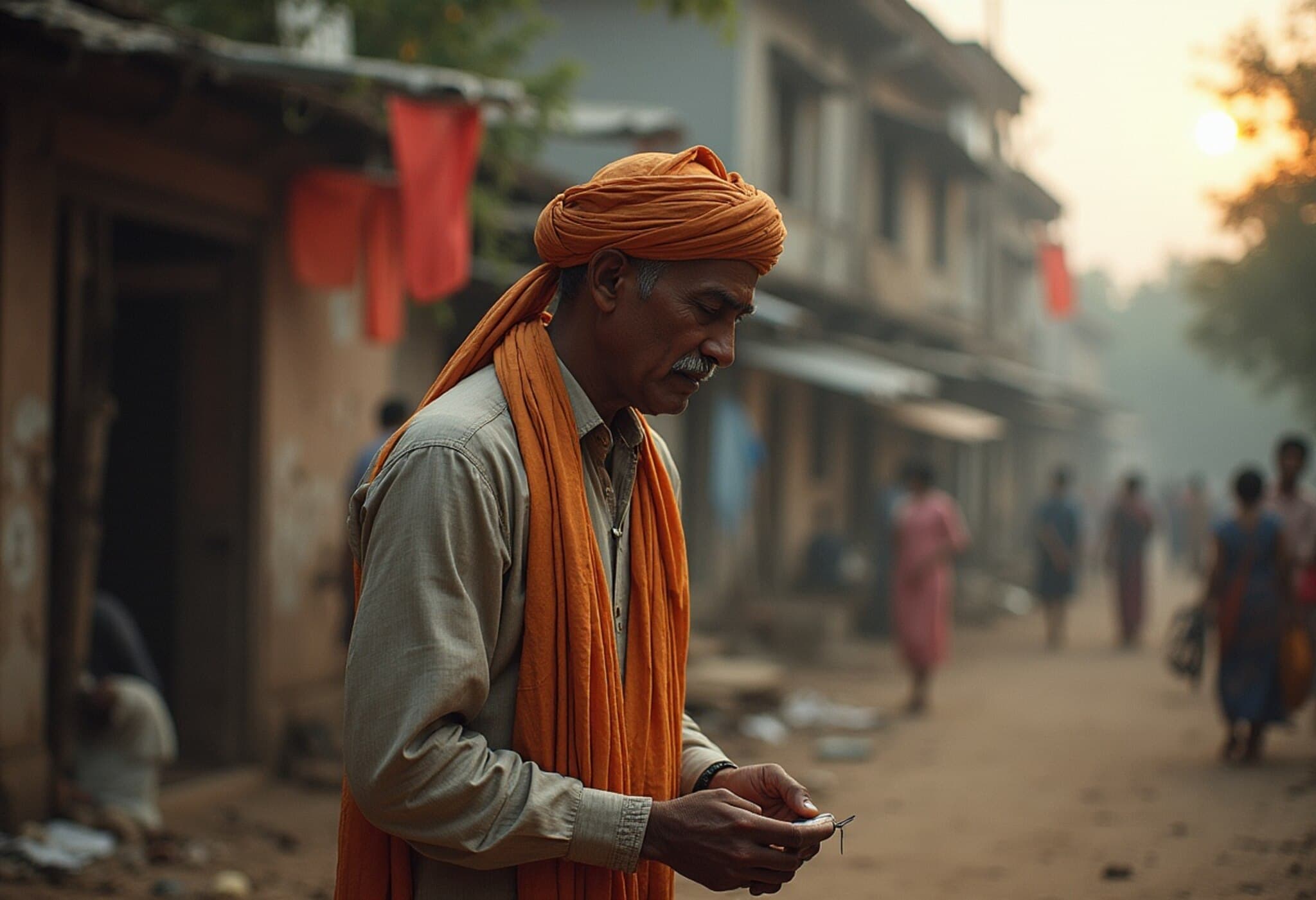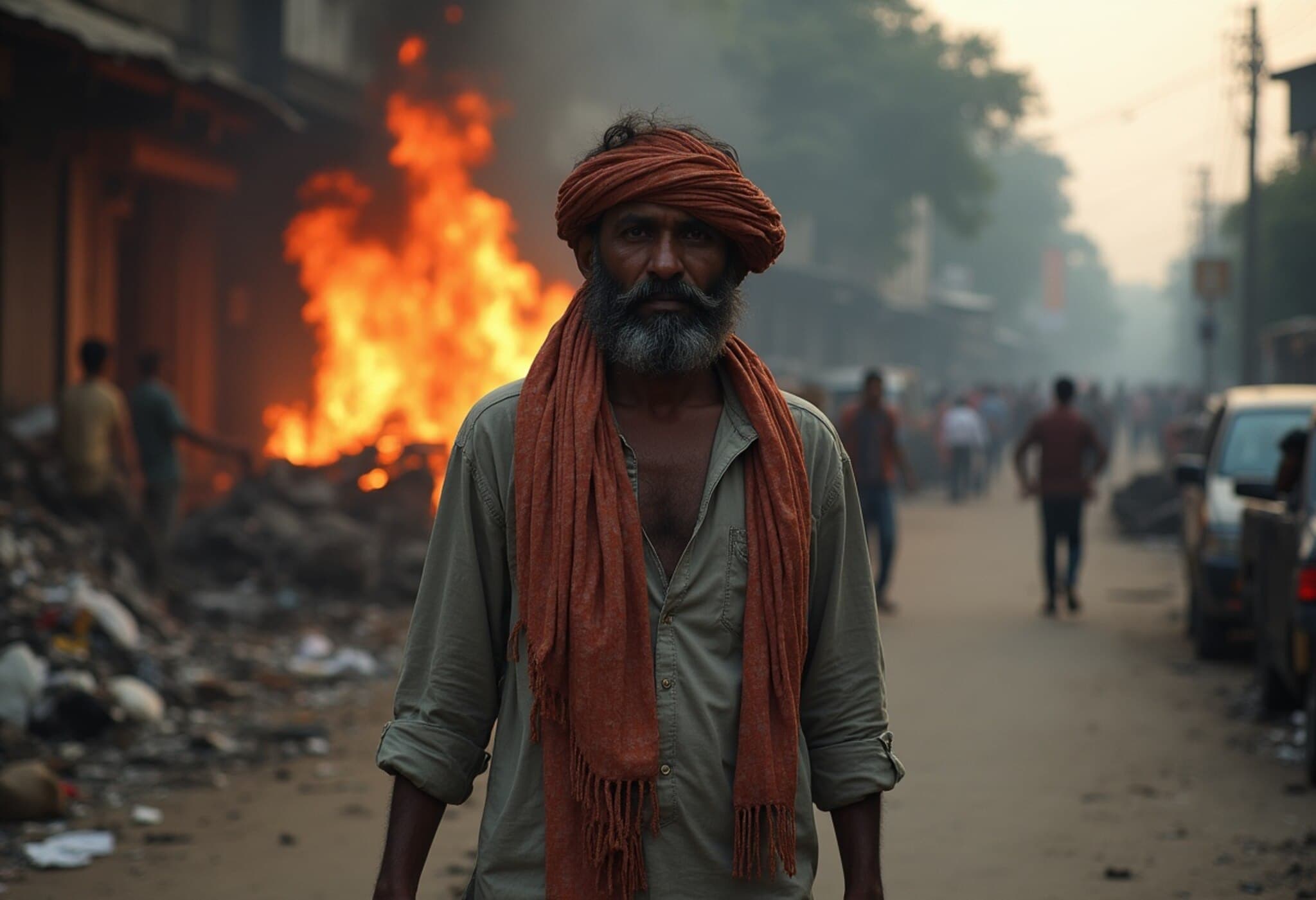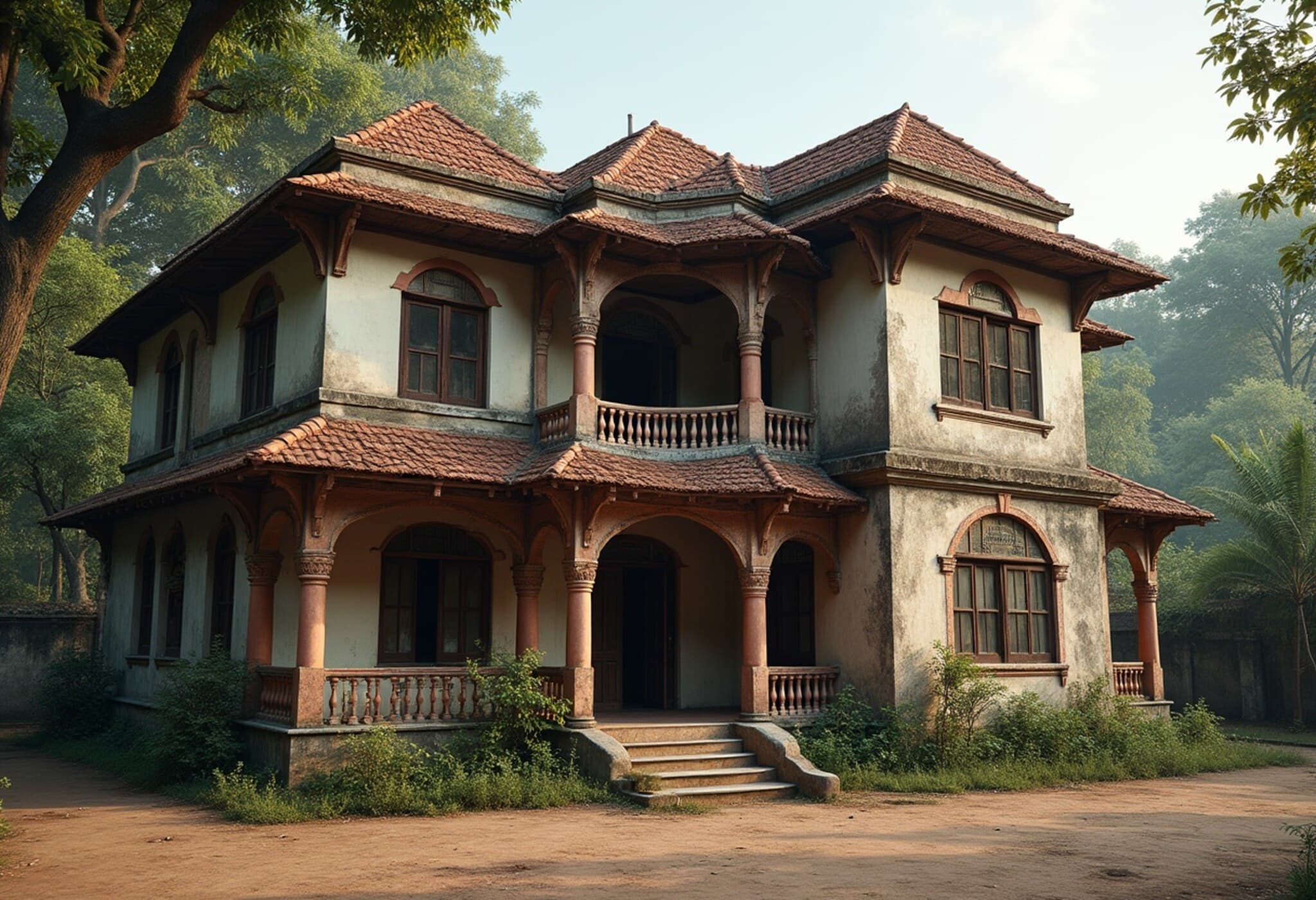Bangladesh Refutes Claims of Satyajit Ray's Ancestral Home in Mymensingh
On July 17, 2025, the Government of Bangladesh issued a clear denial regarding recent media reports that suggested a historic building in Mymensingh, a northern city, was the ancestral residence of the legendary filmmaker and author Satyajit Ray. The rumors had sparked concern among fans and cultural historians alike, as the property was reportedly slated for demolition.
Official Statement and Archival Findings
The Ministry of Foreign Affairs of Bangladesh undertook a thorough review of archival land records to verify the building's historical significance. According to their statement, there was no evidence linking this particular property to Satyajit Ray or his family. The contested structure, situated near the well-known “Shashi Lodge,” was originally constructed by local zamindar Shashikant Acharya Chowdhury, intended to serve as housing for his employees, rather than a family estate.
Supporting this conclusion, Swapan Dhar, an archaeology researcher based in Mymensingh, confirmed that the house is not part of Ray’s lineage. Moreover, the property is not recognized as an archaeological monument, further distancing it from any official heritage status related to Ray.
Why This Matters: The Legacy of Satyajit Ray and Cultural Heritage
Satyajit Ray remains one of the most influential figures in world cinema, with classics such as Pather Panchali, Charulata, and the renowned Apu Trilogy that continue to resonate globally. His Bengali heritage deeply influences his storytelling, connecting communities across India and Bangladesh.
Given Ray's towering stature, it is no surprise that any property presumed to be linked to his family draws public and media attention. Yet, this episode raises important questions about the accuracy of heritage claims and the potential consequences of misinformation on cultural preservation efforts.
Critical Reflections: Heritage Claims and Cross-Border Cultural Narratives
- Preserving true heritage versus myth: The eagerness to link sites to famous personalities can sometimes overshadow factual verification, risking the dilution of authentic cultural history.
- Cross-border cultural ties: Satyajit Ray’s legacy transcends national boundaries, reflecting the intertwined histories of Bengal's cultural landscape. Accurate narratives bolster mutual respect and shared heritage appreciation.
- Government accountability in heritage conservation: Clear communication from authorities is vital to prevent misinformation and safeguard historical sites with verified significance.
Looking Ahead: Protecting Cultural Memory with Rigor and Care
This incident underscores the importance of diligent historical research and media responsibility in shaping public understanding of cultural heritage. For fans, historians, and policymakers alike, the lesson is to cherish legacy through facts, ensuring that the stories we tell honor truth as much as they celebrate icons.
Editor's Note
As the legacy of Satyajit Ray continues to inspire generations, it is essential to approach heritage preservation with an expert, fact-based lens. This clarification by Bangladesh’s government not only corrects the narrative but also invites us to rethink how we validate historical claims amid passionate cultural pride. How can South Asia’s shared history be preserved authentically while fostering cross-border cultural connections? This is a question for historians, policymakers, and citizens alike to consider.

